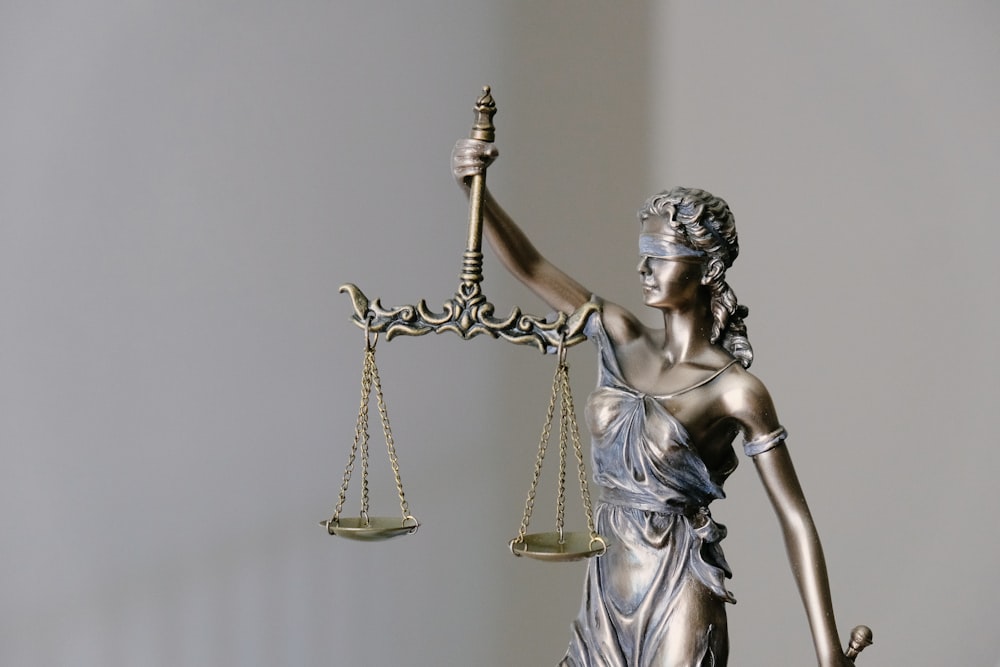Introduction
In the realm of law, legal precedent stands as a cornerstone, shaping the course of legal proceedings and influencing judicial decisions. Understanding the concept of legal precedent is essential for both legal practitioners and individuals navigating the legal system. This article delves into the key concepts of legal precedent, offering insights to demystify its complexities and shed light on its significance.
Defining Legal Precedent
At its core, legal precedent refers to the principle that past judicial decisions serve as a guide for future cases with similar facts and legal issues. These decisions, known as precedents, establish a framework for interpreting and applying the law in subsequent cases. Legal precedent provides consistency and predictability in the legal system, ensuring that similar cases are treated similarly over time.
Types of Legal Precedent
Legal precedent can take various forms, each carrying a different weight in the hierarchy of authority. Binding precedent, also known as mandatory precedent, refers to decisions from higher courts that must be followed by lower courts within the same jurisdiction. Persuasive precedent, on the other hand, refers to decisions from other jurisdictions or lower courts that are not binding but may be considered by a court when making its decision.
Stare Decisis: The Doctrine of Precedent
Central to the concept of legal precedent is the doctrine of stare decisis, which translates to “let the decision stand.” This doctrine emphasizes the importance of following established precedents to maintain stability and consistency in the law. Under stare decisis, courts are generally bound to follow decisions made in previous cases with similar facts and legal issues, especially those from higher courts within the same jurisdiction.
Hierarchy of Precedent
Legal precedent operates within a hierarchical structure, with decisions from higher courts holding greater authority than those from lower courts. In a typical judicial hierarchy, decisions from the highest court, such as a supreme court, carry the most weight and are binding on all lower courts within the jurisdiction. Lower courts are bound to follow the decisions of higher courts, ensuring uniformity in the application of the law.
Creating Precedent
New legal precedent is established through the process of adjudication, where courts issue rulings on specific legal issues presented in cases. When a court issues a decision, it sets a precedent that may be relied upon in future cases with similar facts and legal issues. Each judicial decision adds to the body of precedent, shaping the development of the law over time.
Challenges in Precedent Application
While legal precedent provides a framework for decision-making, its application is not always straightforward. Courts may encounter cases with unique facts or legal issues not directly addressed by existing precedent. In such instances, judges must engage in legal reasoning to analogize or distinguish the facts of the case at hand from those of previous decisions.
Critiques of Precedent
Despite its importance in maintaining consistency and predictability, legal precedent is not without its critics. Some argue that strict adherence to precedent can lead to rigidity in the law, inhibiting judicial discretion and impeding the evolution of legal principles. Others contend that precedent may perpetuate unjust or outdated rulings, particularly in cases involving social or technological advancements.
Navigating Precedent in Practice
For legal practitioners, navigating legal precedent requires a thorough understanding of case law, statutory interpretation, and legal reasoning. Lawyers must research relevant precedents, analyze their applicability to the facts of their case, and craft persuasive arguments based on precedent to support their clients’ positions. Mastery of legal precedent is a cornerstone of effective advocacy and litigation strategy.
Conclusion
Understanding legal precedent is essential for navigating the complexities of the legal system and advocating for clients effectively. By grasping the key concepts of legal precedent, individuals can appreciate its role in shaping judicial decision-making, maintaining consistency in the law, and upholding the principles of justice. With a solid foundation in legal precedent, legal practitioners and individuals alike can navigate the intricacies of the legal landscape with confidence and competence. Read more about Legal precedent
